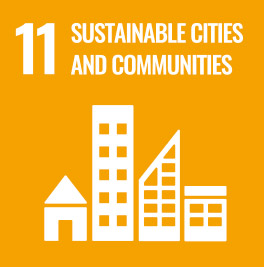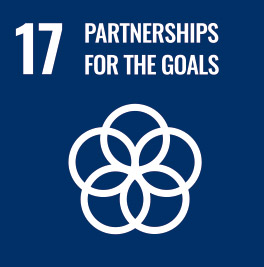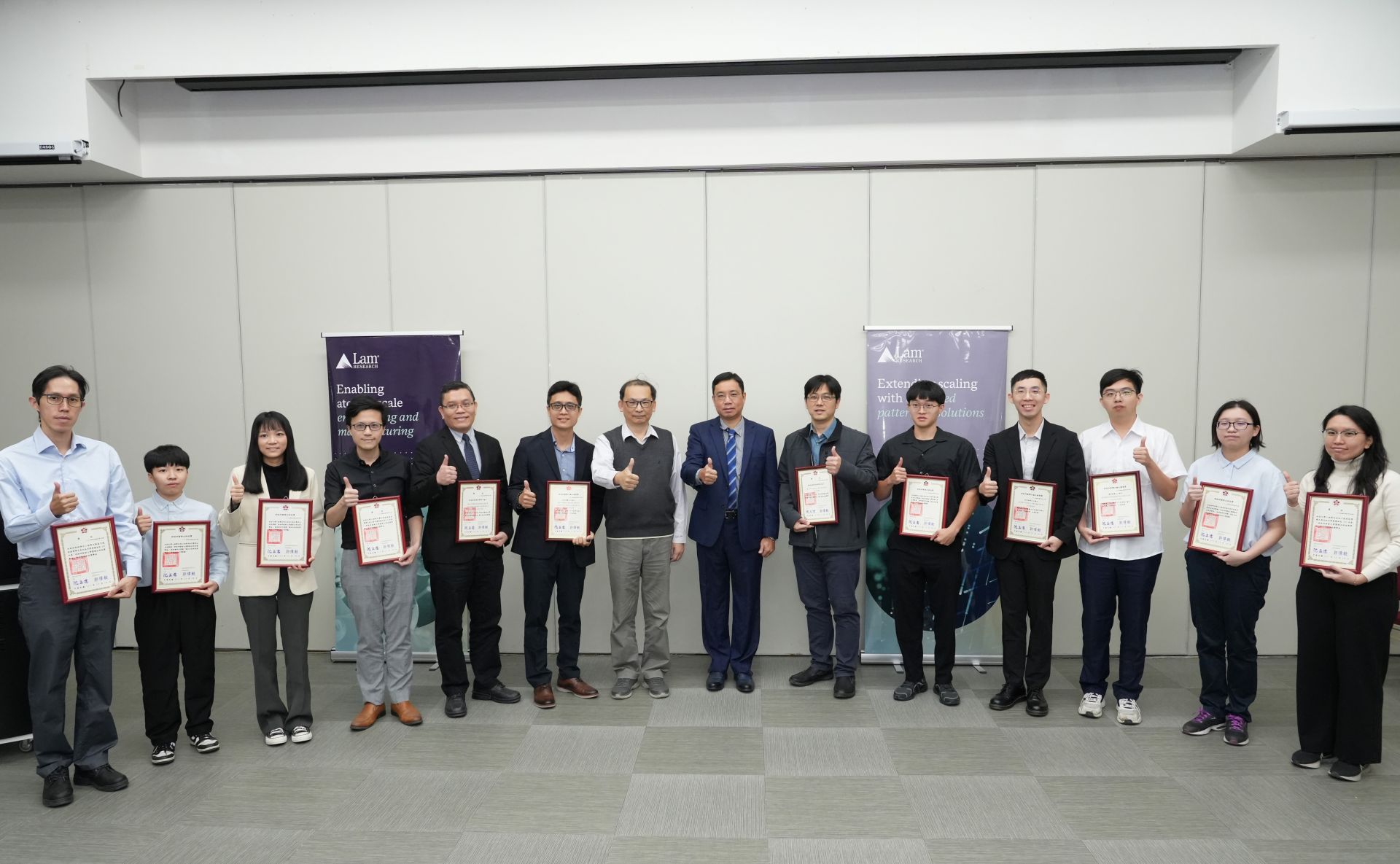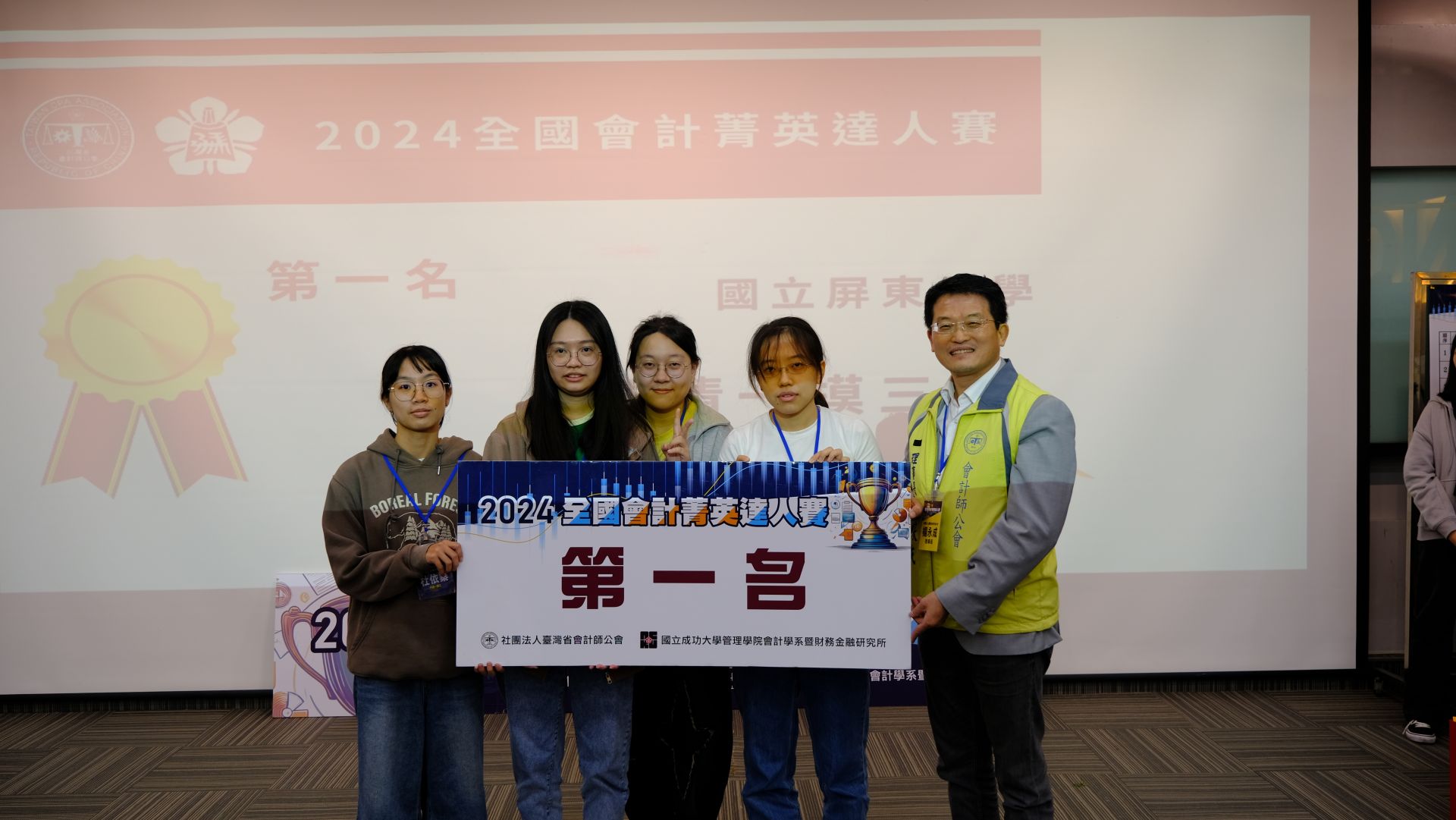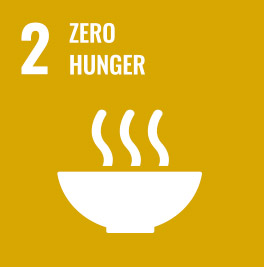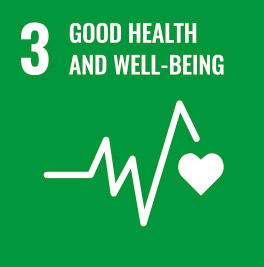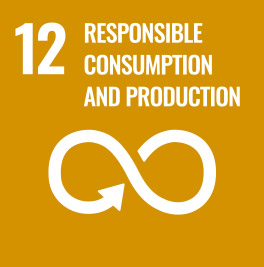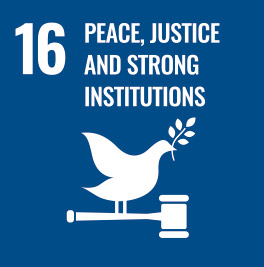In 2021, Professor Ryosuke Oba published “Rethinking Kata: From Science to Integrated Learning,” offering a fresh interpretation of the value of kata. He emphasizes that the spirit of kata extends far beyond Japanese martial arts—it can be found in traditional Chinese medicine, tai chi, dance, and even in learning to ride a bicycle, wherever repeated practice transforms movement into embodied understanding. To bring this perspective to a wider audience, the NCKU Museum invites the public to explore the world of kata. Following the successful launch of the online exhibition in January 2025, the physical exhibition “Harmony of Body and Mind: A Taiwan-Japan Collaborative Exhibition” runs from September 15, 2025, through March 31, 2026 at the Li-Wen Bookstore, Sheng-Li Campus.
The “Harmony of Body and Mind: A Taiwan-Japan Collaborative Exhibition” opened at 2:00 p.m. on September 15 at the Li-Wen Bookstore, Sheng-Li Campus of NCKU. The ceremony was attended by NCKU Assistant Vice President and Director of the NCKU Museum Ping-Sheng Wu, Artistic Director of the NCKU Art Center Min-Yuan Ma, Head of the Museum’s Research Division Yin-Hsuan Yang, and Professor Kuangyou B. Cheng of the Institute of Physical Education, Health, and Leisure Studies, along with many faculty members and students. Principal of Tainan First Senior High School Cai-Gu Liao also came specially to offer his congratulations.
Students from NCKU’s Martial Arts Club and Dance Research Club opened the exhibition with a performance that combined dynamic movement and aesthetic grace. Professor Ryosuke Oba also appeared in a pre-recorded video, expressing his gratitude to NCKU for organizing the “Harmony of Body and Mind: A Taiwan-Japan Collaborative Exhibition.”
In his remarks, NCKU Assistant Vice President and Director of the NCKU Museum Ping-Sheng Wu explained that Professor Oba approaches kata from a philosophical perspective, believing that understanding the world requires not only abstract thought but also the labor and experience of the body. Director Wu noted that this exhibition is part of this year’s NCKU Human Rights Art Festival, emphasizing that “to sense the present moment through bodily intuition and later reflect on and interpret events is closely tied to the cultivation of human rights awareness. True freedom of mind and body can only be fully realized where human rights are highly developed, which is why this exhibition resonates so strongly with the spirit of human rights art.” The exhibition will remain open until March 31, 2026, inviting visitors to take their time, move slowly through the space, and experience the unity of mind and body embodied in the concept of kata.
Associate Researcher and curator Chia-Hsin Chen explained that the exhibition had been in planning for a long time and expressed heartfelt thanks to Museum Director Ping-Sheng Wu for his support, to Professor Ryosuke Oba for his many contributions, and to the students from the Dance Research Club and the Martial Arts Club for transforming abstract philosophical ideas into vivid performances that enriched the display. She also thanked the entire curatorial team for their full cooperation and assistance, which made it possible to present both the online and physical exhibitions to the public.
The physical exhibition “Harmony of Body and Mind: A Taiwan-Japan Collaborative Exhibition” features an interactive zone that invites visitors to move and experience the charm of rhythm and motion firsthand. Among the highlights is a pregnancy-belly simulator, allowing participants to feel the physical changes and weight carried by expectant mothers. Continuous video loops show NCKU Martial Arts Club and Dance Research Club students demonstrating fundamental movements such as the horse stance, tai chi cloud hands, ballet steps, and traditional folk dance. Guests are encouraged to follow along, sense the flow of movement, and observe how the body retains memory. The exhibition also includes documentary footage with Professor Ryosuke Oba’s professional insights and interviews with student groups, offering deeper reflections on the dialogue between body and mind. Historical photographs and artifacts guide visitors through the cultural lineage of kata, revealing how this Japanese concept of embodied learning has been passed down and reinterpreted over time.
Outside his academic specialty, Professor Ryosuke Oba has also trained in traditional Japanese martial arts such as karate and iaido. In these disciplines, kata is more than a sequence of techniques or movements—it is a practice of mental focus and self-cultivation. Professor Oba observes that the characteristics of kata and those of scientific inquiry are complementary. He proposes applying the methodological aspects of kata—repetition, embodied understanding, and the unification of mind and body—to other fields as a way to comprehend and engage with the world more deeply.
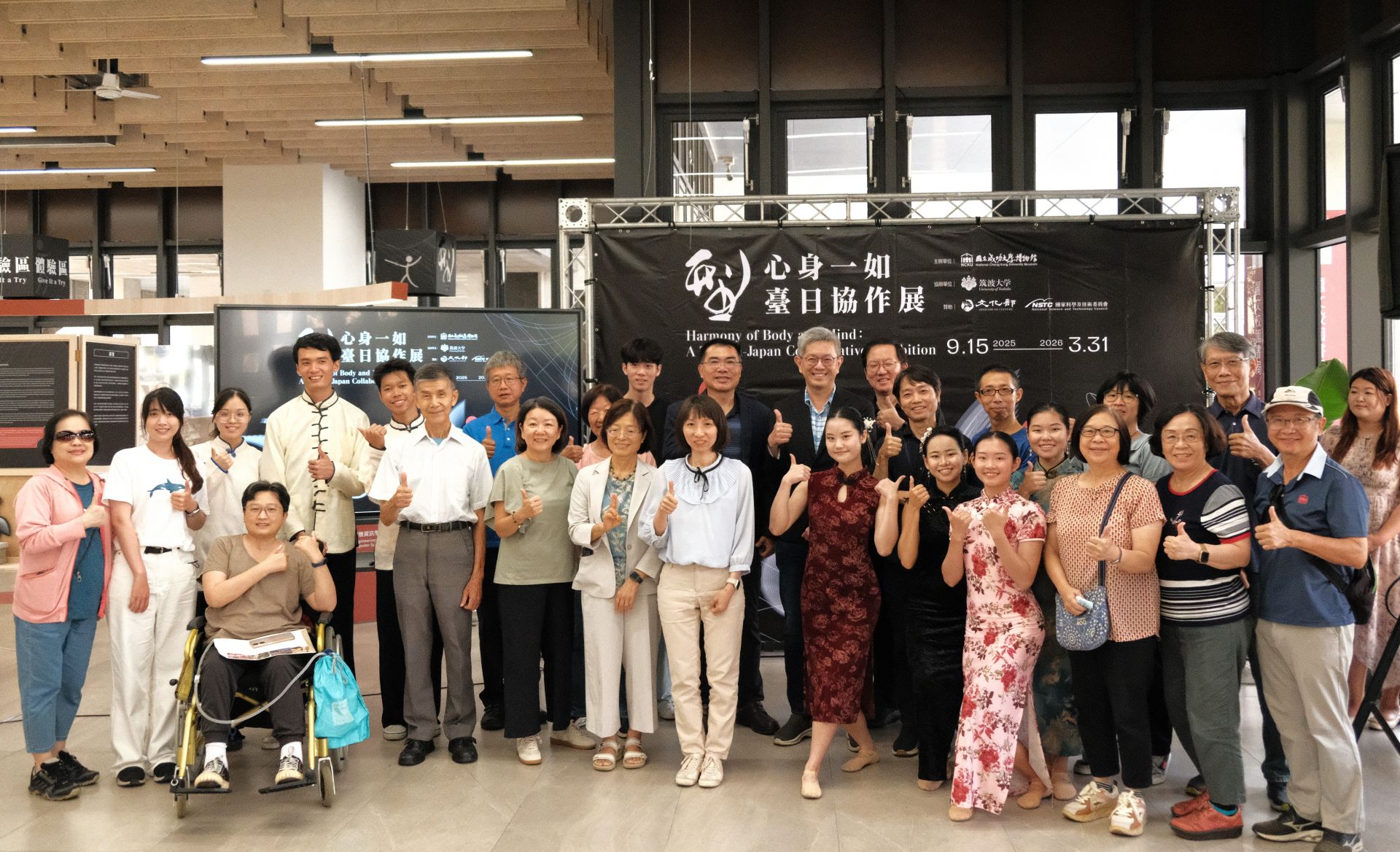
The opening of the Harmony of Body and Mind: A Taiwan-Japan Collaborative Exhibition.
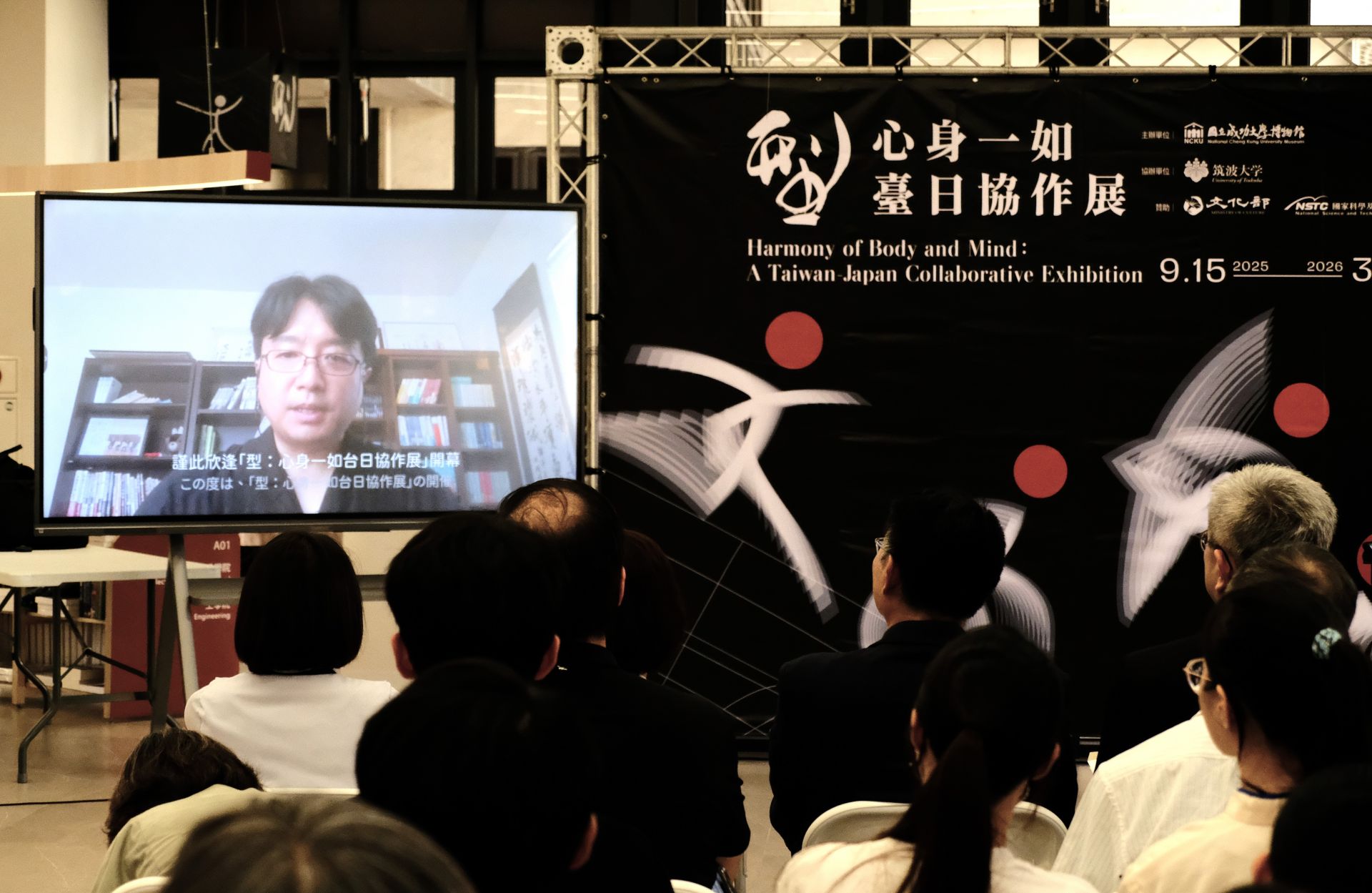
Professor Ryosuke Oba shared a pre-recorded video message expressing his gratitude to NCKU for organizing the Harmony of Body and Mind: A Taiwan-Japan Collaborative Exhibition.
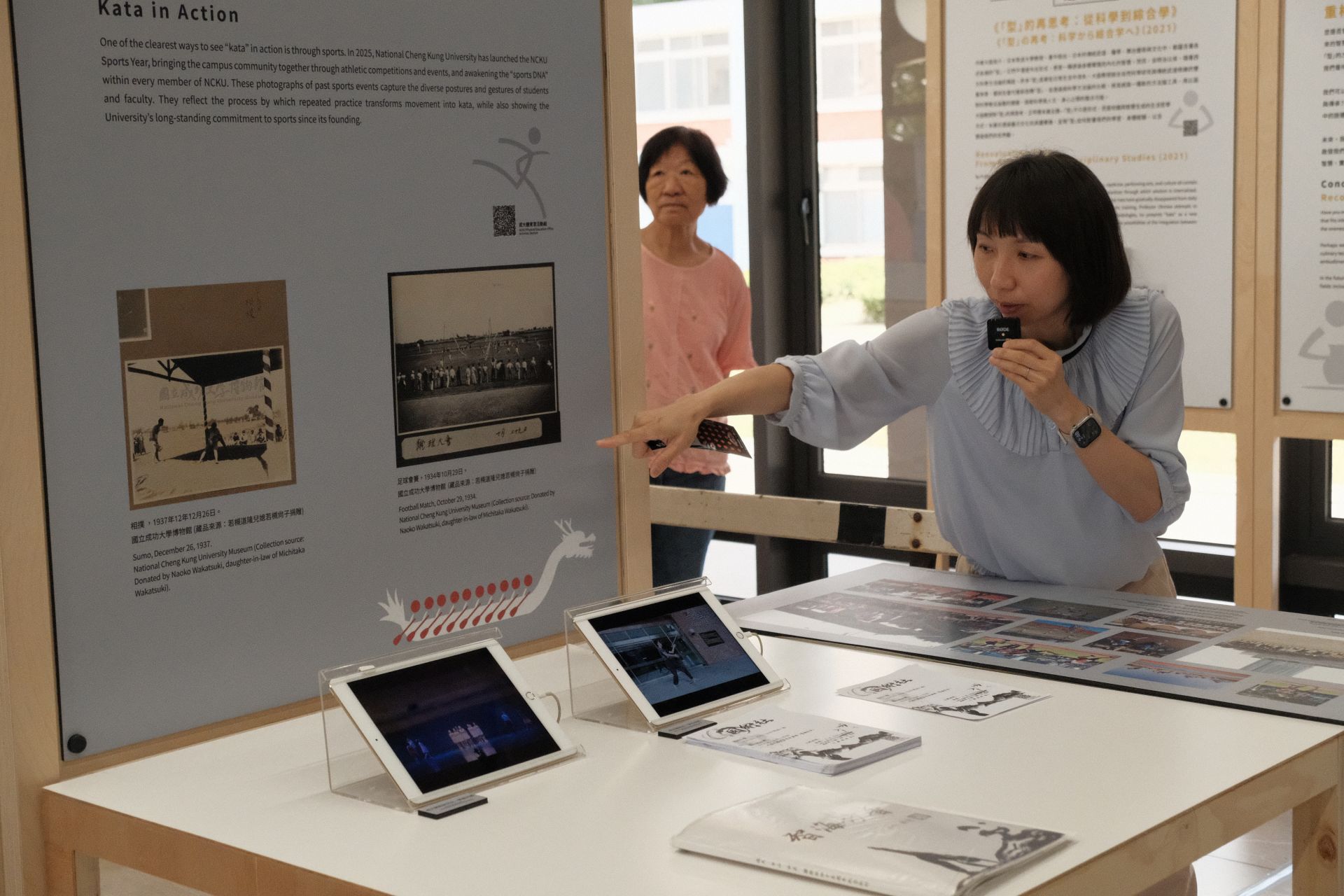
Associate Researcher and curator Chia-Hsin Chen guided guests through the Harmony of Body and Mind: A Taiwan-Japan Collaborative Exhibition.
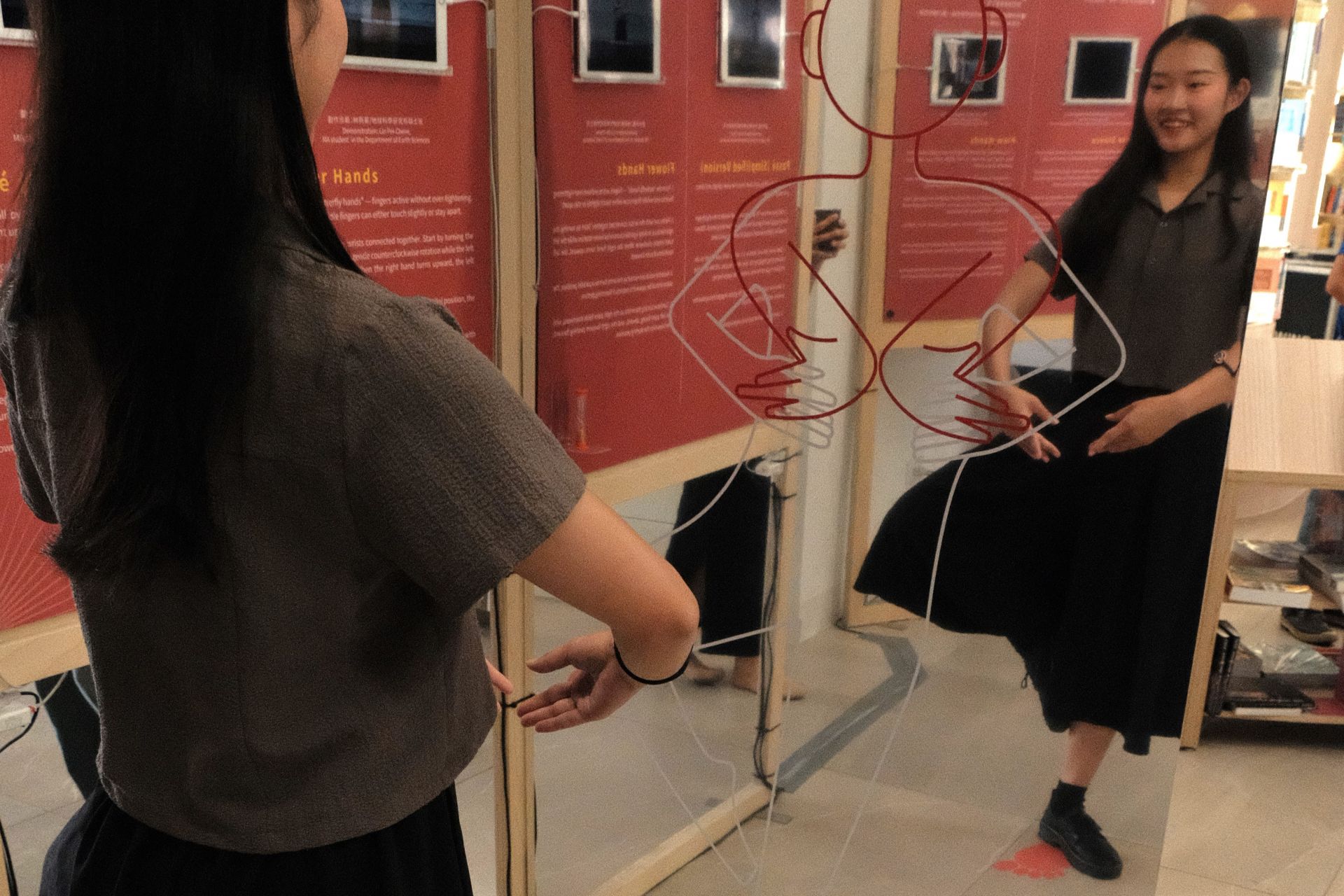
In the exhibition’s interactive area, visitors are invited to move their bodies and observe how movement creates lasting impressions.
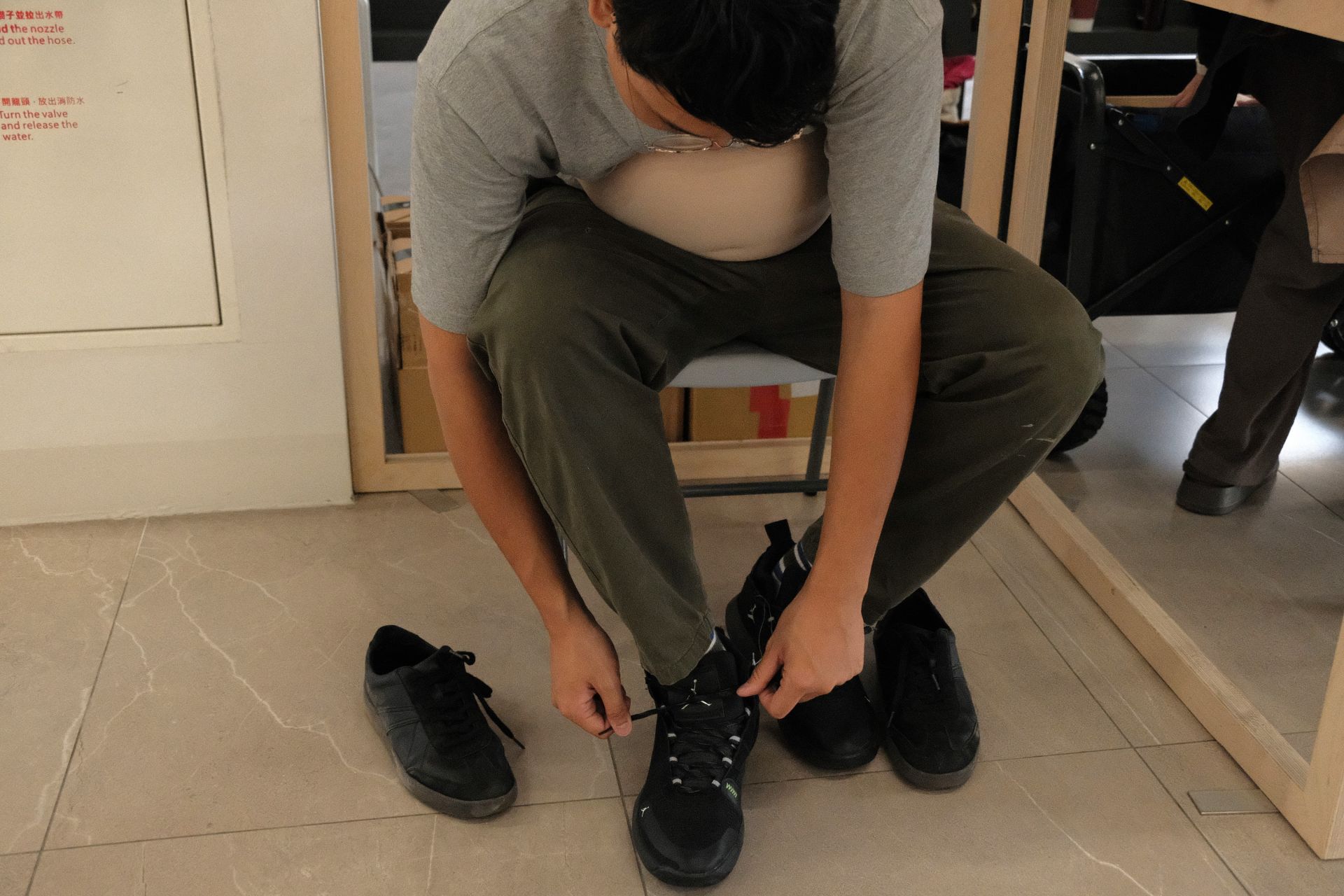
By putting on the simulated “pregnancy belly,” visitors can personally experience the physical changes and added weight that expectant mothers carry, offering a tangible understanding of how pregnancy alters body balance and daily movement.



